Dover School #1 (1908? - 1930)
Introduction
Text-to-speech Audio
PRIVATE PROPERTY. EXERCISE CAUTION AS YOU OBSERVE FROM THE ROAD.
You can observe this school by peering through the woods across from 546/550 Dover Hollow Road. From funeral parlor to classroom, the walls of the Dover School have seen it all. Well established by 1908, the first Dover School is still standing today. In its day, the school taught a wide age range of children and was central to its community. Several documents and newspapers provide a glimpse into the various events that were hosted in the school such as moving picture shows (movies), fairs, and even funeral services. This building is a prime example of how schools were, and still are, more than simple buildings of knowledge, but living components of their community.
This is a Mountain Heritage Trails project made possible through the support of the Hardy County Convention & Visitors Bureau, the Appalachian Forest National Heritage Area AmeriCorps program, and the West Virginia University Fulcrum Project.
Heritage Trail Project Coordinator: Shefa Nola Benoit
Researchers: Mary Ann Steinmiller & Shefa Nola Benoit
Images
Dover School - First Building
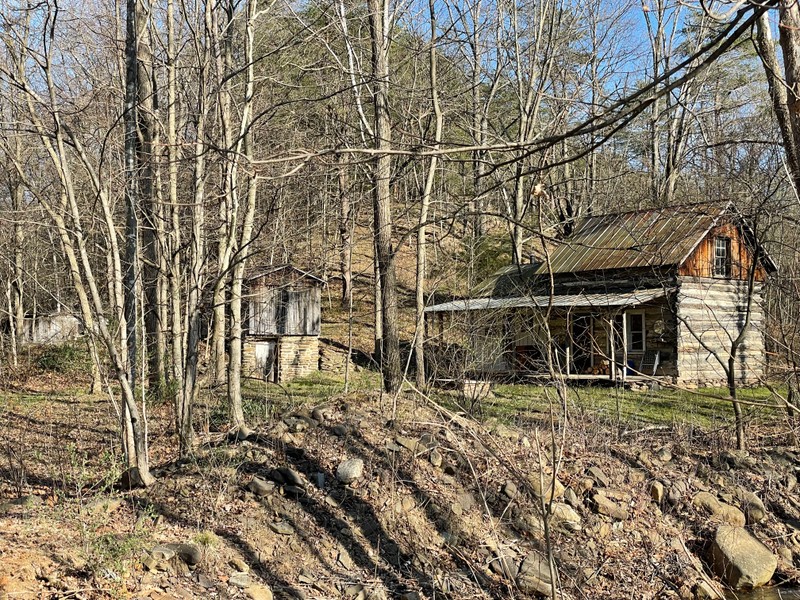
Dover Outbuilding
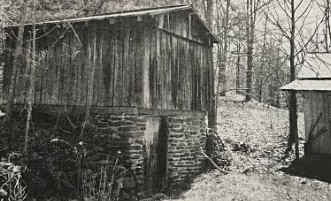
Dover School
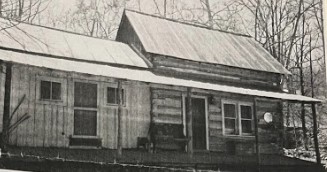
Dover School #1
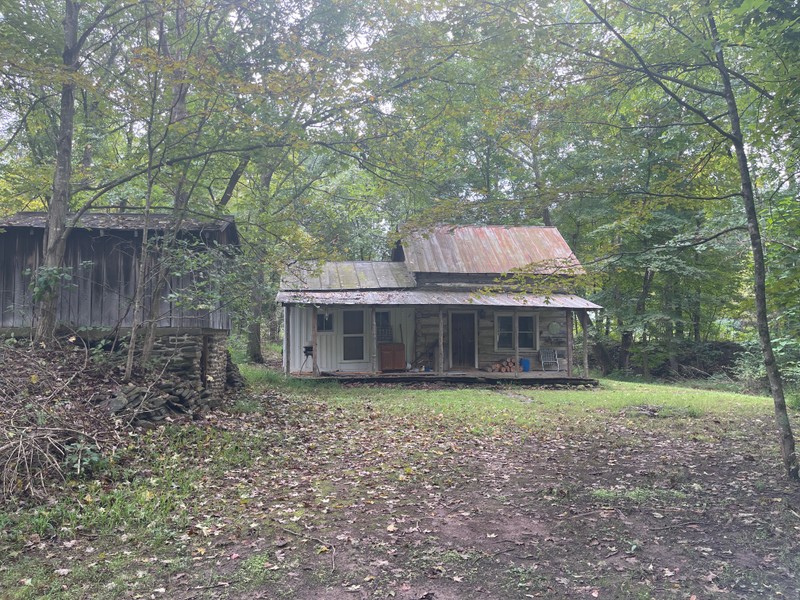
Dover School #1
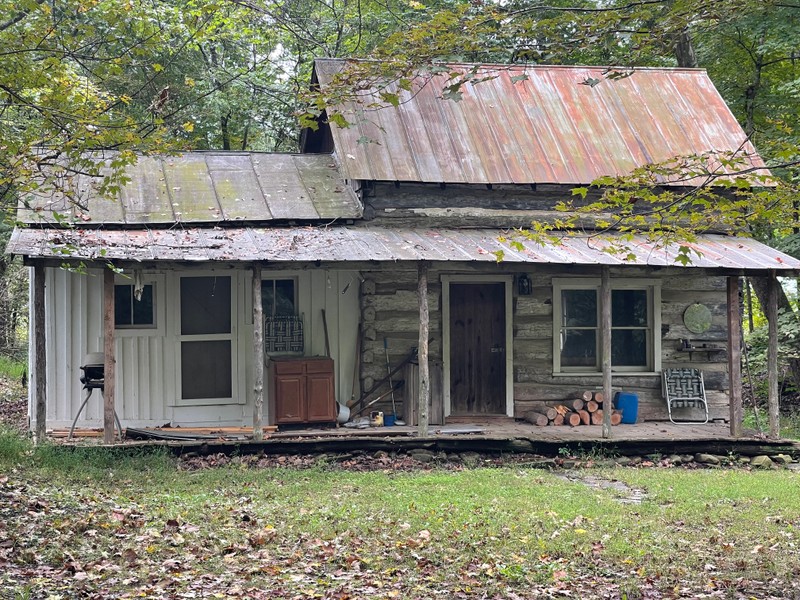
Dover School #1
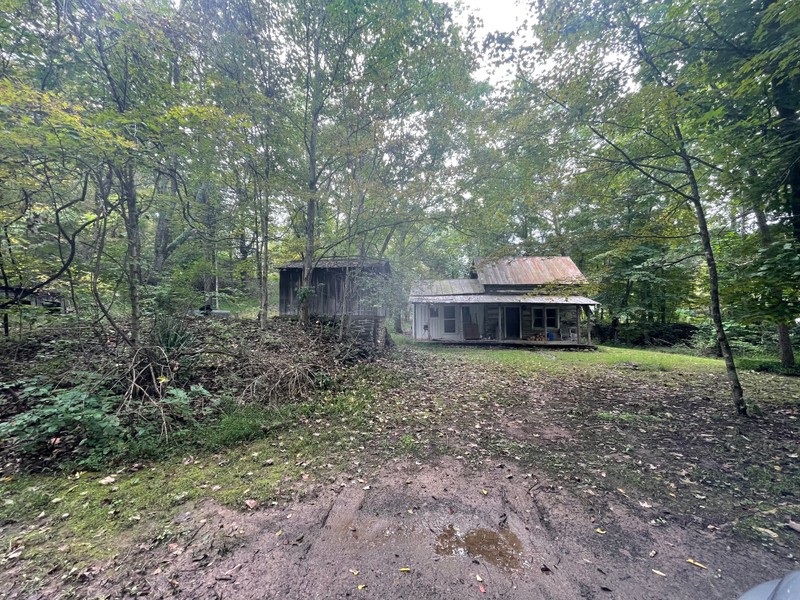
Backstory and Context
Text-to-speech Audio
The Dover School was a one-room schoolhouse that taught grades first through sixth. There would have only been one teacher for the approximately twenty to twenty-five students in attendance. There were no water facilities, except for the well outside. The students brought their own cups to school, and the water was stored in a crock on a shelf in the back. Thanks to Mr. Elmer Cook, the school was always stocked with firewood and warmed for the students every day before class began. He also ensured that the water jug was filled every morning, waiting for the “thirsty little pupils.”
Students and teachers traveled anywhere from three to five miles one way to school—most of the time walking. Though in the winter, “the students rode their sleds to school.” School days of years gone by were also shorter than today, a typical school day at this school lasted from nine a.m. to four p.m. Subjects such as reading, spelling, history, and geography were taught, and prayer was said first thing in the morning. As for punishment, if a naughty student were to use the outside toilet without asking, they would have to receive the rest of their lessons for the day standing.
As mentioned above, the Dover School was a central part of its community. According to numerous newspaper reports, several events happened at this school. Those events ranged from political debates about women’s suffrage in 1913 to a funeral in 1916. During one debate held at the Dover School, for his argument supporting women’s suffrage, Benjamin Dietz stated, “that the women at home making clothing and darning the holes in the heels of the socks of their husbands or sons, when they were out at war, were just as worth a vote as the man.” There were also many festivals and fundraisers held here to raise funds to support the school, one raised $28.40 for the library. One festival, held in 1908, involved a graphophone and a moving picture entertainment show. It was a crowded house and “worth your money.”
It is important to note that people of the past are still human and were inflicted with real ailments. By examining the pages of the Moorefield Examiner, one would see in 1912, the school closed for several weeks because the teacher, Miss V. Stepheson, was bound to her room due to pneumonia. In later years, the school was inflicted with more sickness, which you can read in the entry for the second Dover School. This first school closed its doors around 1930.
Cite This Entry
Benoit, Shefa Nola. "Dover School #1 (1908? - 1930)." Clio: Your Guide to History. August 10, 2023. Accessed April 2, 2025. https://theclio.com/entry/155527
Sources
Moorefield Examiner. “Dover Hollow.” February 27, 1913, 4.
Moorefield Examiner, “Personals.” July 23, 1908, 3.
Moorefield Examiner, “Phils Lick News.” January 25, 1912, 2.
Moorefield Examiner. “Obituary.” April 6, 1916, 2.
Moorefield Examiner. “Report of Dover School.” February 28, 1924, 4.
Mrs. Ella, Lahman, Moorefield, WV, Interviewed April 21, 1976.
“The Good Ole Days at Dover School” by Pam Cullers & Beverly Shot
Photograph Courtesy of Mary Ann Steinmiller
Hardy County Board of Education Archives
Hardy County Board of Education Archives
Photograph Courtesy of Shefa Nola Benoit
Photograph Courtesy of Shefa Nola Benoit
Photograph Courtesy of Shefa Nola Benoit

